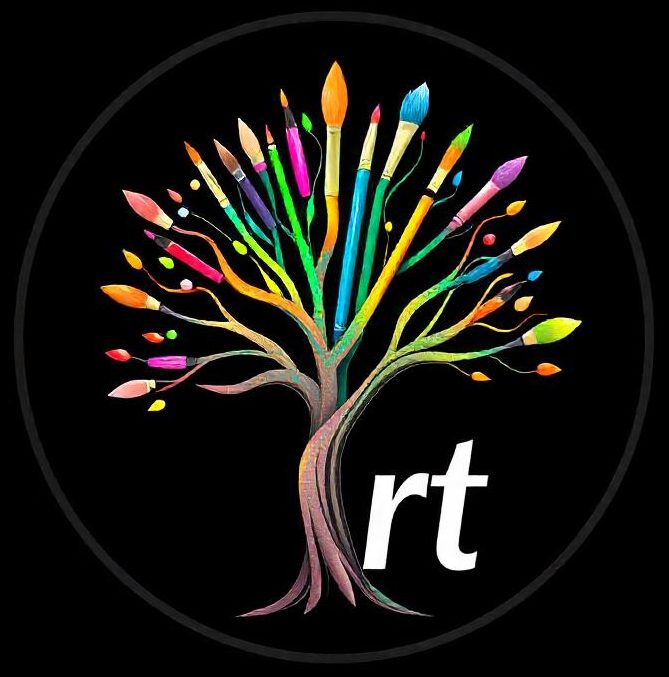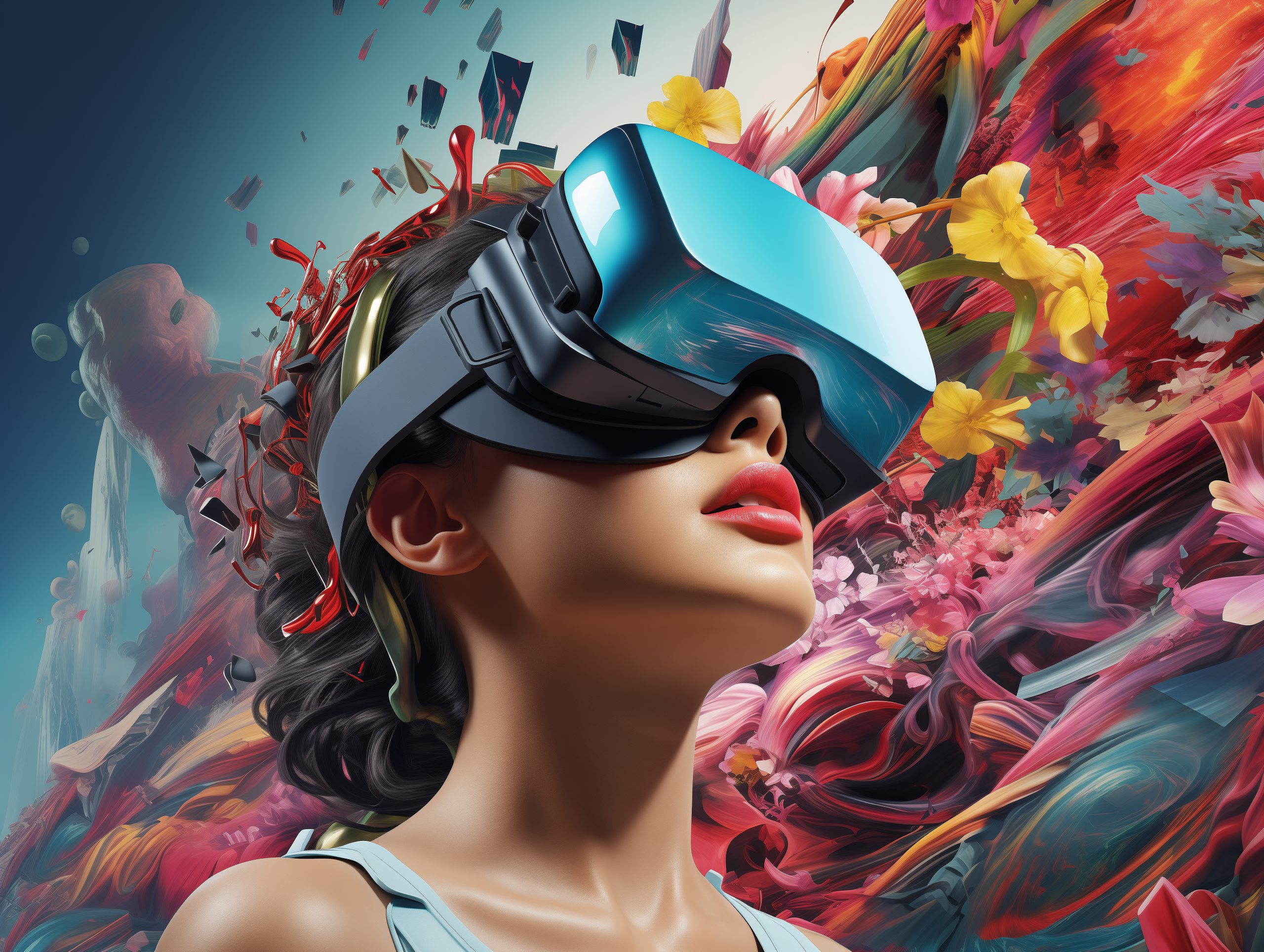Sculpture has long been a medium through which artists convey complex ideas, emotions, and cultural narratives. From ancient stone carvings to modern abstract works, sculpture has evolved continuously, pushing the boundaries of creativity. In the 21st century, however, sculpture has entered a new era, where the fusion of technology and traditional craftsmanship is redefining what a sculpture can be. In this article, we explore how contemporary sculptors are blending traditional techniques with cutting-edge technology to create innovative and impactful works of art.
The Influence of Technology on Sculpture
While sculpture traditionally involved the use of materials like clay, metal, wood, and stone, technology has introduced entirely new methods of creation. Digital tools, 3D printing, and even robotics have opened new possibilities for sculptors, enabling them to craft intricate works that would have been impossible with traditional methods alone.
3D Printing: A New Frontier in Sculpture
3D printing has revolutionized sculpture by allowing artists to create highly detailed and complex forms with ease. This technology uses a digital model to build up layers of material, such as plastic or metal, to form a physical object. The precision and flexibility offered by 3D printing allow sculptors to experiment with intricate designs and patterns that would be difficult or time-consuming to achieve by hand.
Artists can now create sculptures that are precise, delicate, and customizable. The ability to print sculptures in a variety of materials, from plastics to metals, gives artists more freedom to experiment with textures and finishes. The digital nature of 3D printing also allows for rapid prototyping, enabling artists to test ideas before committing to the final work.
Digital Modeling and Virtual Reality
Another technological advancement in modern sculpture is the use of digital modeling software. Artists can now create virtual sculptures on a computer, using software such as Blender or ZBrush to sculpt and manipulate forms in a virtual space. This allows for greater flexibility in design, as digital models can be edited, resized, and viewed from every angle before the physical work is even created.
In addition to digital modeling, virtual reality (VR) is also gaining popularity among sculptors. VR allows artists to sculpt in a 3D environment, interacting with their work as if it were a physical object, all while remaining in a virtual space. This immersive experience opens up entirely new possibilities for artists to engage with their creations in ways that traditional methods can’t replicate.
The Enduring Legacy of Traditional Techniques
While technology has undoubtedly expanded the possibilities for sculpture, many contemporary artists still rely on traditional methods, such as carving, casting, and welding, to create their works. These time-honored techniques offer a tangible connection to the past and allow artists to experiment with physical materials in ways that technology cannot replicate.
The tactile nature of traditional sculpture methods also provides a deep sense of personal connection to the work. Artists often spend days, weeks, or even months shaping and refining their sculptures, and this process of creation becomes as much a part of the artwork as the finished piece itself.
Moreover, traditional methods allow for an exploration of texture and materiality that can be difficult to achieve through digital means. The natural variations in materials like wood, stone, and metal lend a sense of depth and authenticity to the work, inviting viewers to experience the sculpture with all of their senses.
Blending Technology and Tradition: A New Era of Sculpture
The true innovation of 21st-century sculpture lies in its ability to merge the best of both worlds—traditional techniques and new technology. Sculptors today are experimenting with the fusion of hand-crafted elements and digital processes, creating works that combine the tactile beauty of traditional materials with the precision and complexity of technology.
For example, artists may begin with a traditional material, such as clay or wood, and use 3D printing to create intricate details or components that are then incorporated into the final piece. Others may start by creating a digital model of a sculpture, which is then brought to life using traditional methods like casting or welding. This combination of techniques allows for a broader range of expression and creativity than ever before.
Examples of Modern Sculpture
Some of the most exciting contemporary sculptures are the result of this blend of tradition and technology. For instance, sculptor Neri Oxman is known for her innovative work that integrates digital fabrication with natural materials. Oxman’s designs combine computational design and 3D printing with the use of organic materials, creating sculptures that feel both futuristic and grounded in nature.
Another example is the work of Kara Walker, who uses traditional materials like paper and metal but often incorporates digital projection and video elements into her installations. Her work explores complex themes related to history, race, and power, demonstrating how the integration of new technologies can amplify the emotional impact of sculpture.
The Future of Sculpture
As technology continues to evolve, the future of sculpture is likely to be filled with even more exciting innovations. Advances in artificial intelligence (AI) and machine learning could lead to sculptures that are not only created by artists but also “generated” by algorithms, offering a new perspective on the creative process. Additionally, as 3D printing technology becomes more accessible, artists of all backgrounds may have the opportunity to experiment with sculpture in ways that were once reserved for large studios and institutions.
The potential for virtual and augmented reality in sculpture also remains vast. Imagine a world where you can step into a virtual space and interact with sculptures from around the globe, or even have the ability to manipulate sculptures in real-time.
Conclusion
Sculpture in the 21st century is an exciting fusion of old and new, as artists combine traditional techniques with emerging technologies to push the boundaries of what sculpture can be. Whether through the precision of 3D printing, the creativity of digital modeling, or the tactile beauty of hand-carved stone, contemporary sculptors are constantly redefining the medium. The future of sculpture promises even more innovation, where the lines between technology, craftsmanship, and artistic expression will continue to blur, creating works that are more immersive, interactive, and emotionally powerful than ever before.


